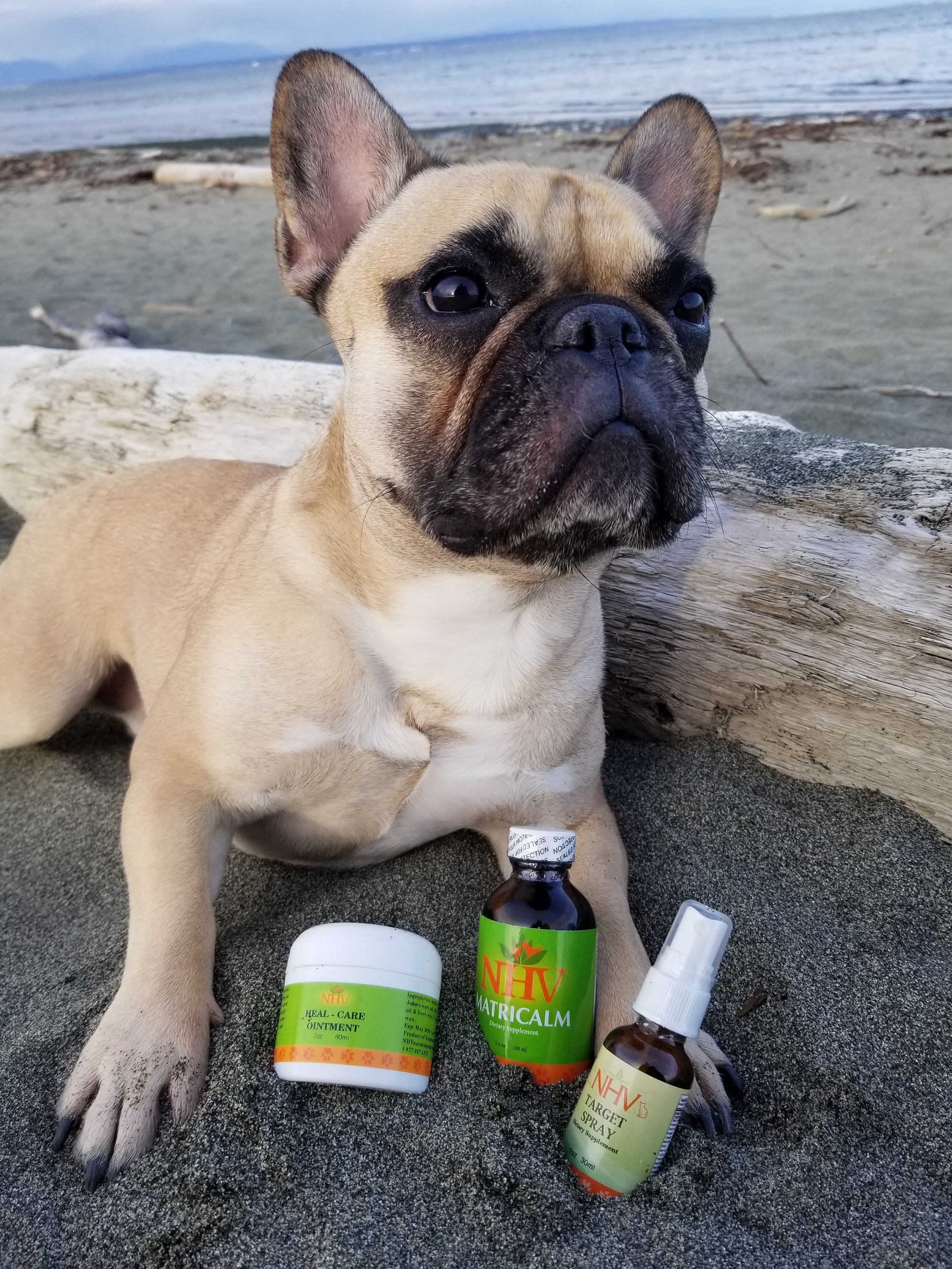Supplementing Pets’ Health
Pet Age Staff //March 29, 2017//
By Eric Stenson
Just as people are increasingly relying on supplements to alleviate specific symptoms as well as improve overall health, that trend is expanding to how they treat their companion animals.
According to the report “Pet Supplements in the U.S.,” published by market research firm Packaged Facts, sales of pet supplements are expected to increase from $541 million in 2014 to more than $697 million in 2019.
One of the biggest drivers, according to the study, is “premiumization” in relation to organic and natural products. People are growing more and more concerned with what they put in their bodies, and that inclination tends to include their pets as well. In fact, the study cites that the percentage of natural and organic pet supplements nearly doubled as a share of the market, rising from 6 percent in 2008 to 11 percent by 2014.
America’s increasing waistlines extend to Tabby and Fido as well. With concerns over obesity growing, the study predicts a burgeoning demand for supplements that assist pet owners with controlling obesity and encouraging weight management for pets.
Age, too, is becoming a bigger point of interest, with the study citing that a third of cats and dogs are seven years old or older. Almost half of all pet owners in Packaged Facts’ 2015 survey reported they were buying age-related food and nutritional products for their pets. The study forecasts that this is only going to become an even bigger segment of the market as more pets enter their Golden Years.
Back to Nature
Retailers see the trend in a “back to nature” approach when it comes to supplements, according the Mike Edly, owner of Pet Asylum, with locations in Howell and Brick, New Jersey.
“We’ve seen a shift in more natural, holistic, made-in-the-USA, organic and non-GMO products,” he said. “We were ahead of the curve on that, and people seem to be catching up.”
His store carries such items as Scoot Bars from Essex Junction, Vermont’s Pet Naturals, which takes “a pumpkin approach to digestive health.” He also carries Nupro products, from Manalapan, New Jersey, for joint-related issues.
“They take a natural approach with protein, amino acids, to aid joints and tendons,” Edly said. “We’ve seen significant improvement within 60 days.”
Janis Gianforte, president and owner of Nutri-Pet Research, which manufactures Nupro, started the company in 1989 after seeing how well horses she trains were responding to nutritional supplements.
“It made them feel better, so they could do their jobs better,” she said.
The main idea in developing supplements is to fill in gaps that animals can be experiencing in their diets based on commercially made food.
“It brings them back to how they would have lived thousands of years ago,” she said. “It mimics what they would have outside.”
Her company makes a Joint and Immunity Support Formula, a Custom Electrolyte Formula (which she described as “a Gatorade for dogs”) and general nutritional supplements for dogs, cats and even ferrets. The company’s newest product, Lyfe-Spyce, is a vegetarian formula with antioxidants intended to support a strong immune system and inflammatory response.
The NASC
Her company is a member of the National Animal Supplement Council (NASC), and she carries the seal on the company’s website. Her facilities are subject to inspection by the U.S. Food and Drug Administration as well as the New Jersey Department of Agriculture.
“Purity and quality—ingredients need to be sourced from the highest quality,” she said, mentioning such items as Norwegian kelp, which grows in deep, cold waters. “Minimal processing—we’re just giving these animals what they need.”
John Phillips, owner, president and CEO of Wholistic Pet Organics in Medford, New Hampshire, is also a member of the NASC and displays the seal.
“It ensures customers that they can have confidence in that a supplement was tested by a third-party, independent audit and the label claims are 100 percent true,” Phillips said. “It’s difficult to get. Anyone making supplements would aspire to get that seal.”
Wholistic Pet makes a variety of products for cats, dogs and horses. Ingredients are certified organic and produced from whole foods.
“We should feed our animals the way we feed ourselves,” Phillips said. “It’s got to be human-grade.”
His company’s products are tasteless, so palatability is not an issue, he says.
“You want medicine,” he said of consumers shopping for supplements. “You want stuff that works.”
A Natural Fix
Canine Matrix of Carlsbad, California, bases its products on medicinal mushrooms, according to Jeff Hacker, the company’s director of sales and marketing.
“Before we had drugs, we had food,” Hacker said. “Mushrooms are one of the biggest superfoods of 2017.”
Different mushroom species have unique nutritional properties, Hacker indicated, with each having its own set of benefits. Some have natural biotin or glucosamine, some encourage oxygenation for circulatory benefits, while others have antihistamine properties.
“Pet parents are looking for solutions to fix problems,” Hacker said. “These allow the body’s immune system to help repair itself.”
Canine Matrix has no taste, but adapts to whatever is being mixed with it. The product line has formulas for joint, skin and coat, general health and immune support.
Hacker anticipates that the trend toward organics will continue to grow in the pet-supplement category.
“Ten years ago, you couldn’t find an organic section in the grocery store,” he said. “Animals follow human trends. Today, people care more about what they’re putting in their pets’ bodies.”
Ara Bohchalian, president and CEO of International Veterinary Sciences in Anaheim, California, makes Lipiderm, a skin and health supplement that enhances overall health, and Arthramine, for bone and joint support.
“We’re one of the originals,” he said. “Our products have stood the test of time.”
To Bohchalian, retailers can best assist customers when their staff approaches products from an informed perspective.
“It has to go beyond just a familiar name,” he said. “A retailer has to be able to look at that label and really know what it means. And that [education] is up to the manufacturer.”



















